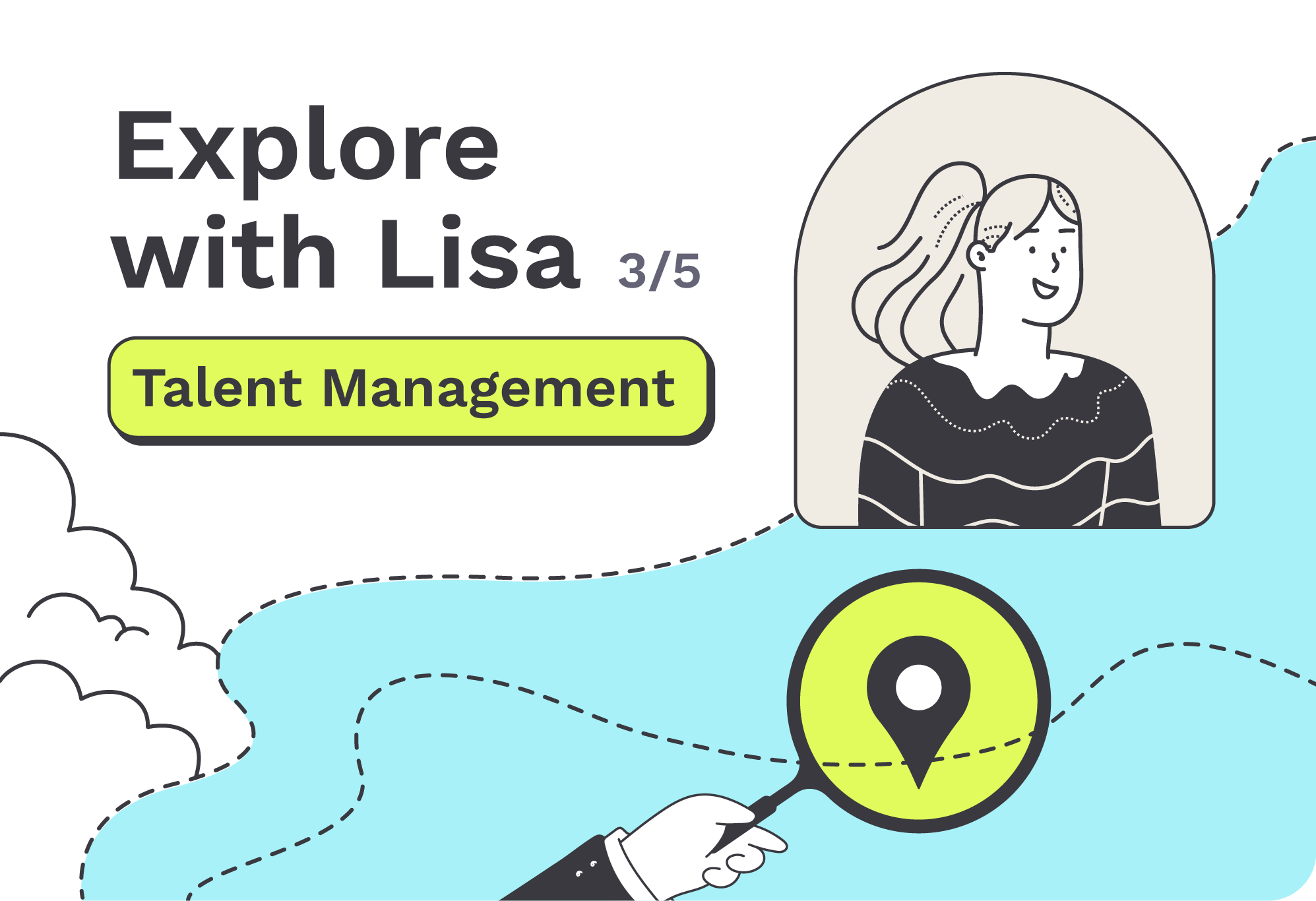Employee retention and development do not begin after the probation period but well before the first working day. A strategically planned onboarding process—much more than just a standard introduction—lays the foundation for long-term and successful collaboration. Companies that invest early in employee retention and development benefit not only from loyal talent but also strengthen their competitive position.
In our previous article on 6 Steps to Talent Management and Strategic Employee Acquisition we explored how to attract the right talent. But hiring is only the first step—how do you ensure employees stay engaged and continue growing within your organization? This article dives into key strategies for fostering long-term commitment and professional development from day one.
Why Employee Retention Matters from the Start
Strong employee retention doesn’t happen by chance. If new employees are not introduced in a structured way, it often leads to dissatisfaction, high turnover, and inefficiently staffed positions. First impressions and continuous development play a crucial role in fostering talent and ensuring long-term retention.
The First Step: A Thoughtful Onboarding
Onboarding marks the beginning of successful collaboration and has a direct impact on the motivation and engagement of new team members.
- Planning:
- Before the first working day, it should be clear how the onboarding process will be structured. Transparent communication and a well-organized plan help to align expectations on both sides.
- First impressions count: Welcome materials, prepared workspaces, and a clear schedule create trust and orientation.
- The First Day:
- A well-organized first day with a personal welcome, sufficient breaks, and small gestures, such as a welcome gift, ensures a positive start.
- A dedicated contact person to guide the new employee through the day eases the transition. Even better, assigning a coach for the first year provides continuous support, creates a space for learning, and encourages exchange. This role should ideally not be taken by the direct manager to allow for unbiased learning opportunities.
- The First Weeks:
- Employees should be gradually introduced to processes, teams, and tasks.
- Regular feedback should be provided through personal and targeted conversations with HR and leadership. These discussions should be an integral part of daily operations and actively encouraged to build trust and create clear perspectives.
- Setting initial goals helps to provide structure and orientation. These should be simple at first to ensure quick wins. Over time, the goals should become more challenging to encourage continuous development and motivation.
Is onboarding complete after the first few weeks? On the contrary—it marks the beginning of long-term development. How can companies ensure that this initial step turns into sustainable employee retention?
Development as a Key Element of Retention
Employees stay with a company when they see growth opportunities and receive individual support. Leadership plays a crucial role in this process. Good leadership means:
- Providing trust and autonomy.
- Offering regular feedback and support.
- Recognizing and nurturing talent in a targeted manner.
Unfortunately, employees are often confined to rigid roles or “mental boxes,” limiting their full potential. These patterns often form in childhood when children have limited opportunities to explore their interests and strengths. Rigid expectations and restricted autonomy prevent early talent recognition and development. Modern HR practices can help break these patterns by actively identifying and addressing them. Through active listening and targeted measures, barriers are removed, and talents become visible.
Co-Creation: Employees as the Key to Success
Companies that actively involve employees in decision-making and recognize their potential build a strong foundation for engagement and loyalty. Methods such as regular feedback workshops, project groups for co-creation, or digital tools for employee surveys can help gather ideas from all levels of the organization and foster talent development. This includes:
- Individual development: Personalized growth plans and training opportunities.
- Co-creation: Transparent processes and employee participation in decision-making.
- Recognition: Regular feedback, appreciation, and benefits.
Through these approaches, employees are not only motivated but also become active contributors to the company’s success.
What Really Motivates Employees?
Money alone is not enough to retain employees in the long run. Key factors include:
- Feeling valued and heard.
- Clear development opportunities.
- Authentic conversations about goals, challenges, and needs.
- A company culture that values individuality and autonomy.
Conclusion: Long-Term Employee Retention Begins at First Contact
Employee retention is not a coincidence. Companies that focus on structured onboarding, individual development, and transparent communication from the start create a strong foundation for successful collaboration. When employees feel valued, supported, and seen as an essential part of the company, it not only boosts motivation but also leads to sustainable business success.
Let’s continue the conversation! Connect with me on LinkedIn to exchange insights on employee retention and development. I’d love to hear your thoughts and experiences on this topic.
Want to stay updated? My next article will explore key leadership principles to enhance team performance. Follow me on LinkedIn so you don’t miss it!

